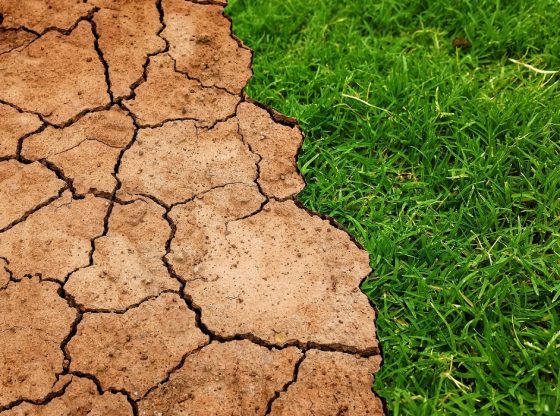
Image Credit & Copyright: Martin Rietze (Alien Landscapes on Planet Earth)
Scientists have long presumed that powerful volcanic eruption can cool down the Earths climate. New research shows how these eruptions can explain some of the variations of Earth’s temperatures we have seen historically and scientists now hope that the next big volcanic eruption will help save humanity.
With huge volcanic eruptions, millions of tons of sulfate particles are spewed out into the atmosphere. If these particles reach the stratosphere, the ultimate layer of the atmosphere, they aren’t removed by natural precipitation and can thereby spread all over the world. Since the particles reflect back sunlight instead of reaching the surface of the Earth, the temperature is lowered.
This chain of events described above has occurred multiple times in Earths history and is one of many explanations as to why the temperature of the Earth has varied to the degree that it has.
One example is the outbreak of the Pinatubo volcano in the Philippines in 1991, which resulted in a temperature cut around half a degree worldwide. Another example is the Tambora volcanic eruption in Indonesia in 1815, which contributed to what is called “the year without summer”. Global temperatures fell with three degrees. In the northern hemisphere, increased rainfall and colder temperatures destroyed harvests, people were starving and with a resulting financial crisis.
Because volcanic eruptions can change the temperature of the Earth, these natural forces are of course interesting to researchers in the global warming era. One way to manipulate the climate, via geoengineering, is to release chemicals in the stratosphere like those that volcanoes are spraying out. By studying the next volcanic eruption, researchers can, therefore, learn more about climate change.
“This is important if we ever start with geoengineering,”
– Alan Robock, a researcher at Rutger University for the New York Times.
NASA is allocating resources to study this very topic more closely, the agency is now planning to observe and collect data for next major volcanic eruption. As soon as a major volcanic eruption occurs, NASA aims to study it closely.
But there are certainly huge risks involved, geoengineering might just prove to be a far too dangerous and expensive method. With potential unforeseen adverse effects on the Earth. And if we did learn anything from the eruption, using that knowledge to prepare for geoengineering is still incredibly risky.
A recent study, published in January in the journal Nature, Ecology & Evolution, suggests that once we’ve pumped aerosols into the stratosphere to cool the planet, we might be stuck doing it for a long time.











![OpenAI. (2025). ChatGPT [Large language model]. https://chatgpt.com](https://www.illustratedcuriosity.com/files/media/55136/b1b0b614-5b72-486c-901d-ff244549d67a-350x260.webp)
![OpenAI. (2025). ChatGPT [Large language model]. https://chatgpt.com](https://www.illustratedcuriosity.com/files/media/55124/79bc18fa-f616-4951-856f-cc724ad5d497-350x260.webp)
![OpenAI. (2025). ChatGPT [Large language model]. https://chatgpt.com](https://www.illustratedcuriosity.com/files/media/55099/2638a982-b4de-4913-8a1c-1479df352bf3-350x260.webp)








